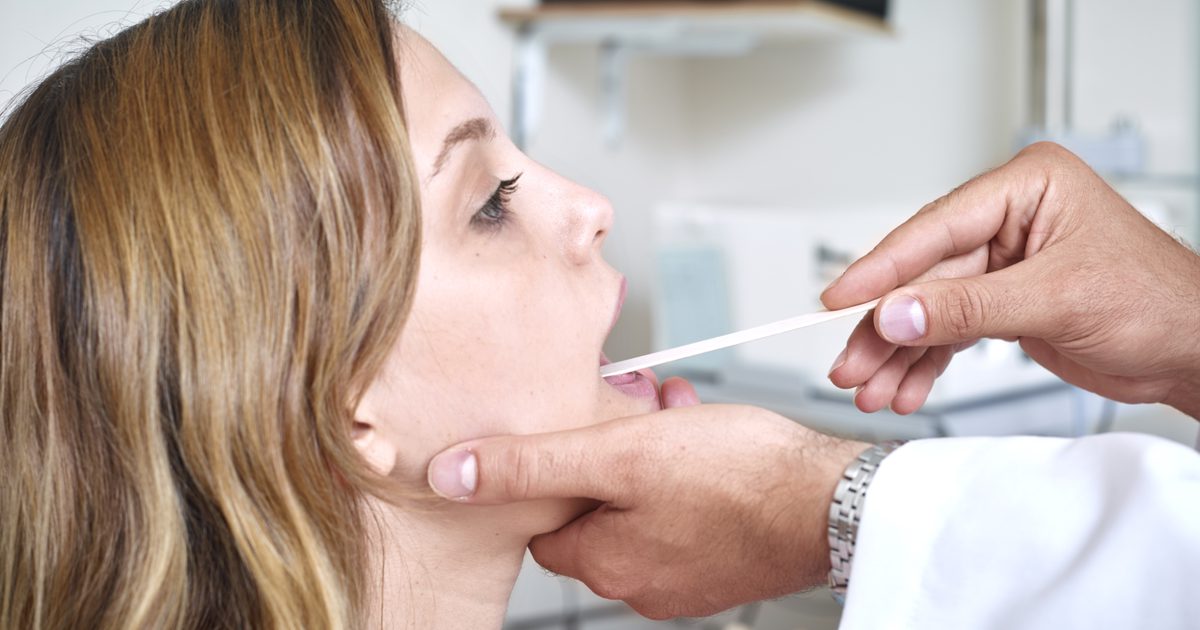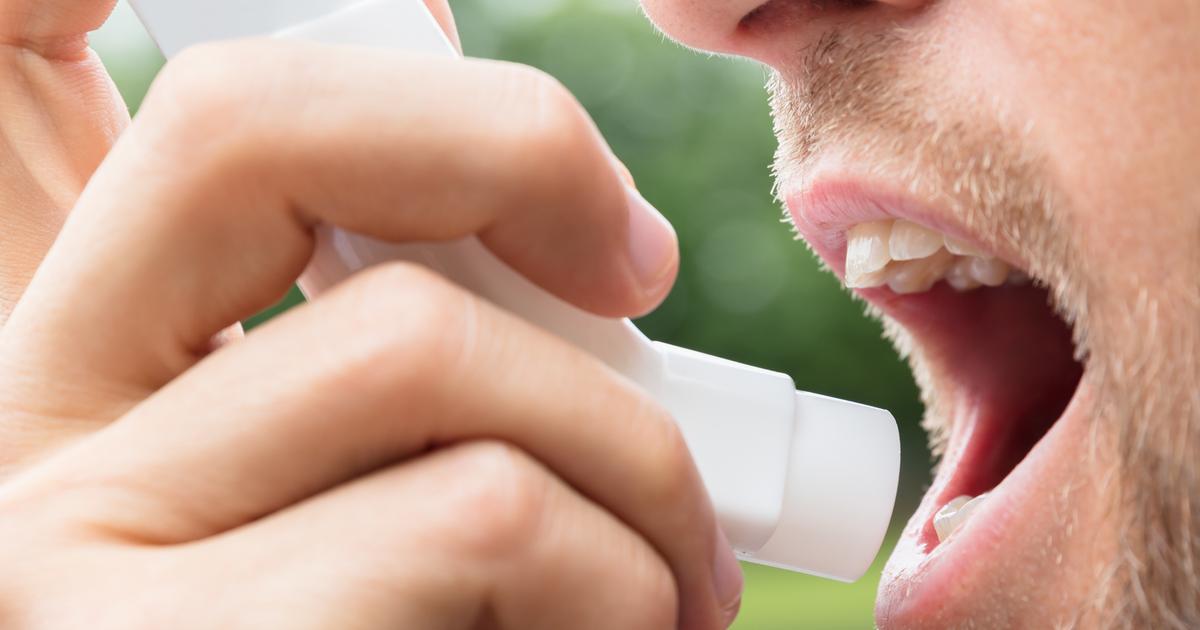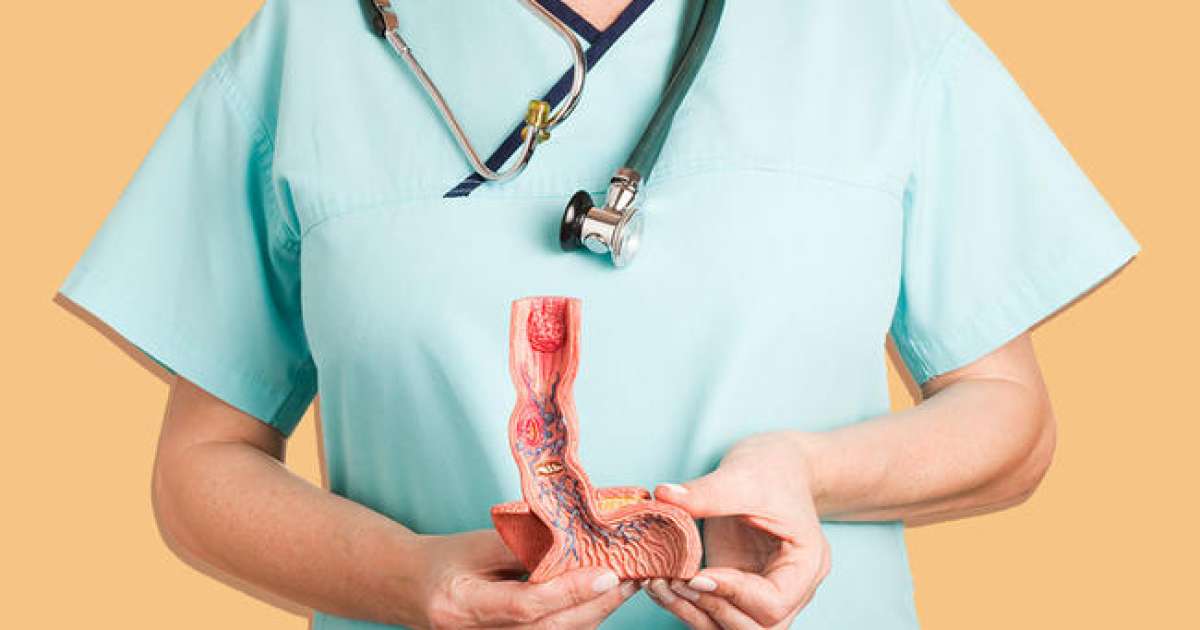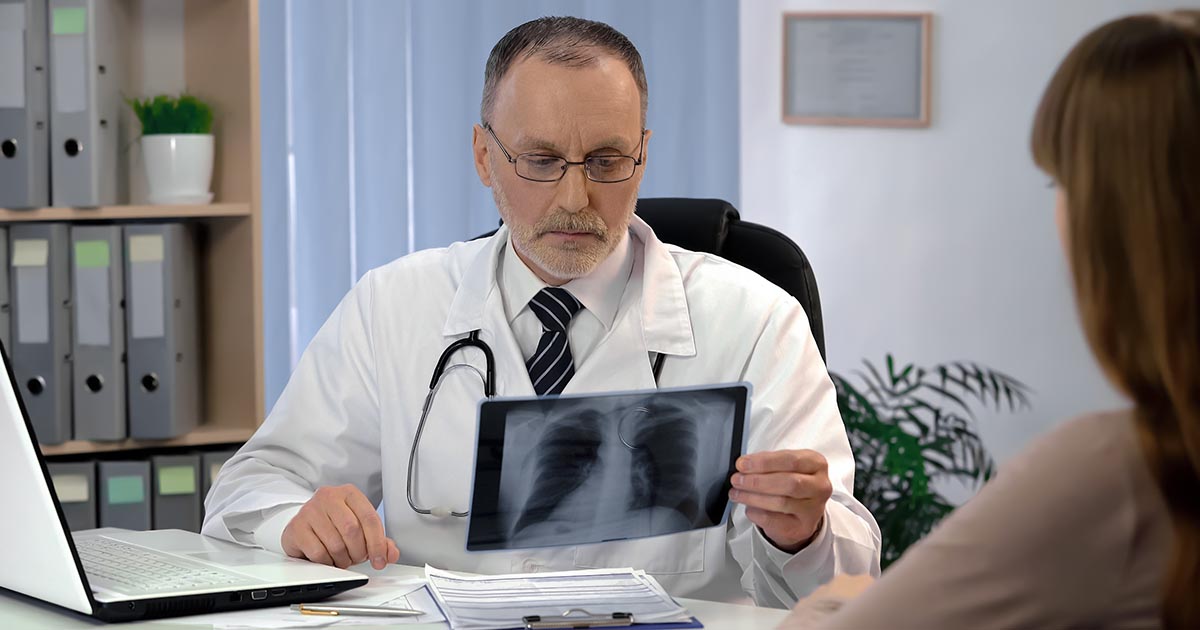Extremely Serious Effects From Not Treating GERD
For the majority of individuals, heartburn is nothing more than an occasional annoyance. However, it can also be a symptom of a more serious condition known as gastroesophageal reflux disease (GERD). GERD is characterized by stomach acid flowing back up into the esophagus. This acid reflux can irritate the esophagus and cause painful symptoms, including a burning feeling in the chest (particularly after eating), which is known as heartburn. Gastroesophageal reflux disease is known to cause mild heartburn and acid reflux at least twice a week or severe instances a minimum of once a week.
The good news is GERD can be treated quite effectively. However, if this condition is left untreated, it can lead to quite a few significant health complications. Get the details on these now.
Esophagitis

Individuals suffering from gastroesophageal reflux disease have to deal with things such as food, acid, and digestive fluids travel back into their esophagus. Over time, if actions are not taken to alleviate this, this can lead to an uncomfortable irritation and swelling in the esophagus known as esophagitis. When an individual's body has acid exposure in their esophagus for an extended period (even just a couple of weeks), they can develop inflammation in the lining, which can be incredibly uncomfortable and even painful. It can also allow the esophagus to become more prone to further detrimental erosion and scarring.
Keep reading to learn more about the complications associated with untreated gastroesophageal reflux disease now.
Esophageal Stricture

An individual affected by gastroesophageal reflux disease may develop an esophageal stricture when it is left untreated. A GERD patient experiences problems with the functionality of the flap of tissue referred to as the lower esophageal sphincter. The lower esophageal sphincter is responsible for keeping the contents of the stomach from moving back up into the esophagus. The esophageal lining does not have the same protective mucous layer the stomach tissues have, leaving these tissues more vulnerable to cellular damage when coming in contact with stomach acid. When the tissues of the esophagus become damaged, the patient's body repairs them with scar tissue, which is not as flexible as the tissue it is replacing in the esophagus and does not perform the same functions. This scar tissue can accumulate in the esophagus as more damage occurs over time. This buildup of scar tissue causes an esophageal stricture, a narrow spot in the patient's esophagus that causes problems with their ability to swallow.
Read more about the complications of untreated GERD now.
Breathing Problems

Gastroesophageal reflux disease can especially affect those who suffer from respiratory conditions such as asthma. When stomach acid is inhaled following regurgitation existing breathing issues can significantly worsen. Even if individuals do not have any underlying breathing problems like asthma, GERD has been known to cause difficulty breathing and shortness of breath, especially when it is not treated promptly. In addition to this, treating these breathing issues with gastroesophageal reflux disease at play can be very tricky, as many GERD medications can increase the risk of pneumonia. If breathing issues are an issue for a patient, they should be sure to ask their doctor for assistance in determining what treatment options are best for their case.
Discover additional complications of untreated gastroesophageal reflux disease now.
Esophageal Ulcer

An individual may develop an esophageal ulcer as a complication of untreated gastroesophageal reflux disease. An esophageal ulcer is a painful sore that develops in the lining of the lower esophagus where the stomach meets the esophagus. The esophageal lining is not as protected as the stomach lining from corrosive stomach contents with a significant amount of stomach acid. As a result of this increased vulnerability of the esophageal lining and the mechanism of gastroesophageal reflux disease, there can be considerable erosion to the esophageal lining from recurrent exposure to stomach acid. This erosion forms an ulcer in a patient's esophageal lining. An esophageal ulcer causes patients to experience a persistent burning pain in their chest that worsens when eating certain foods or with a lack of fluid consumption. An esophageal ulcer can make it painful to swallow, cause vomiting, produce a dry cough, and cause the patient to have a sour taste in their mouth.
Uncover more GERD complications now.
Barrett's Esophagus

The mechanism of how long term gastroesophageal reflux disease causes the development of Barrett's esophagus is not known, but it is thought to be related to alterations in cells during the healing process that takes place in the body. Barrett's esophagus describes when an individual's esophageal lining transforms from normal cells or squamous cells to intestinal-type cells or columnar cells. It is thought that years of esophageal damage due to the repeated exposure to stomach acid induces a defensive response by the body defined by this cellular transformation. The transition between squamous cells and columnar cells in the esophagus is referred to as metaplasia and is thought to be protective because the new lining tissues are more resistant to erosion by displaced stomach acid. Barrett's esophagus is diagnosed with the use of an esophageal tissue biopsy and does not have any symptoms independent of GERD.
Reveal more complications of gastroesophageal reflux disease now.
Halitosis

The stomach contents that rise into the esophagus of a gastroesophageal reflux disease patient include regurgitated bile, undigested food, and stomach acids. All three of these components have strong odor properties that are known to linger long after the stomach contents have drained from the area. Undigested food that regurgitates from an affected individual's stomach can carry an overgrowth of gut bacteria that also lingers in the saliva near the throat and back of the mouth. The bacteria and acid that make their way into the oral cavity of a GERD patient also cause an overall compromise of the health of the teeth and the mouth. Poor oral health can also contribute to the manifestation of halitosis in an affected individual.
Reveal more complications of untreated GERD now.
Pneumonia

An individual who is affected by gastroesophageal reflux disease may develop a lung infection that is referred to as pneumonia as a complication of their condition. The regurgitation of stomach contents in individuals affected by gastroesophageal reflux disease can cause their epiglottis to malfunction. The epiglottis is the membranous flap of tissue that closes the windpipe off when an individual swallows food or fluids. When stomach contents move up the esophagus and near the epiglottis, it can allow for food or fluid particles to be inhaled into the lungs. The food or fluid particles provide an opportunity for bacteria to make their way into the lungs when they are aspirated. Patients who develop pneumonia due to GERD will experience symptoms such as a productive cough, fever, chest pain, trouble swallowing, rapid heartbeat, appetite loss, hoarseness, fatigue, confusion, breathlessness, and blue-tinted skin. Aspiration pneumonia can be prevented through the successful treatment of gastroesophageal reflux disease.